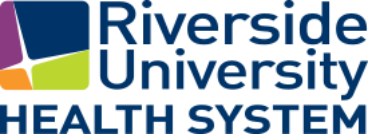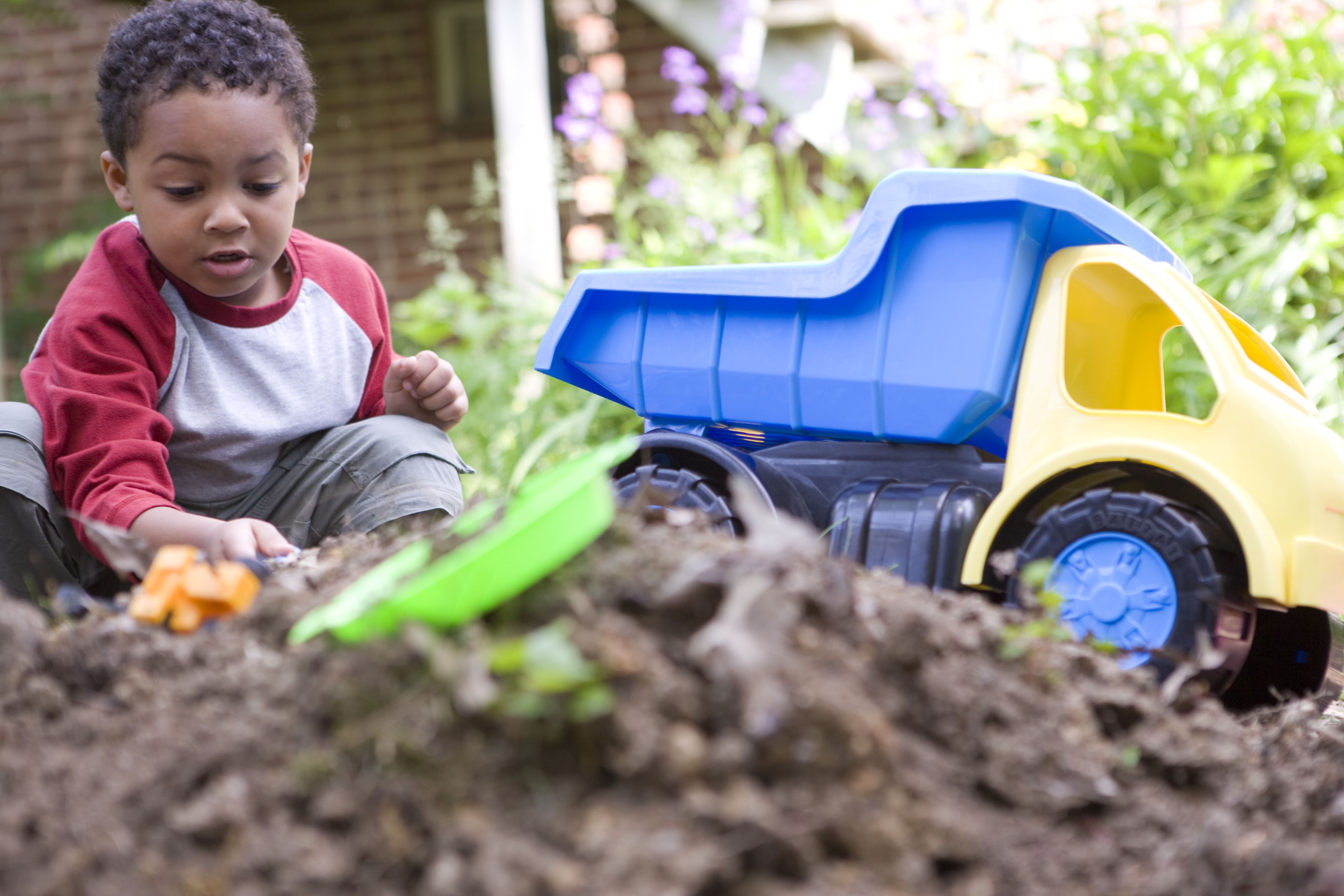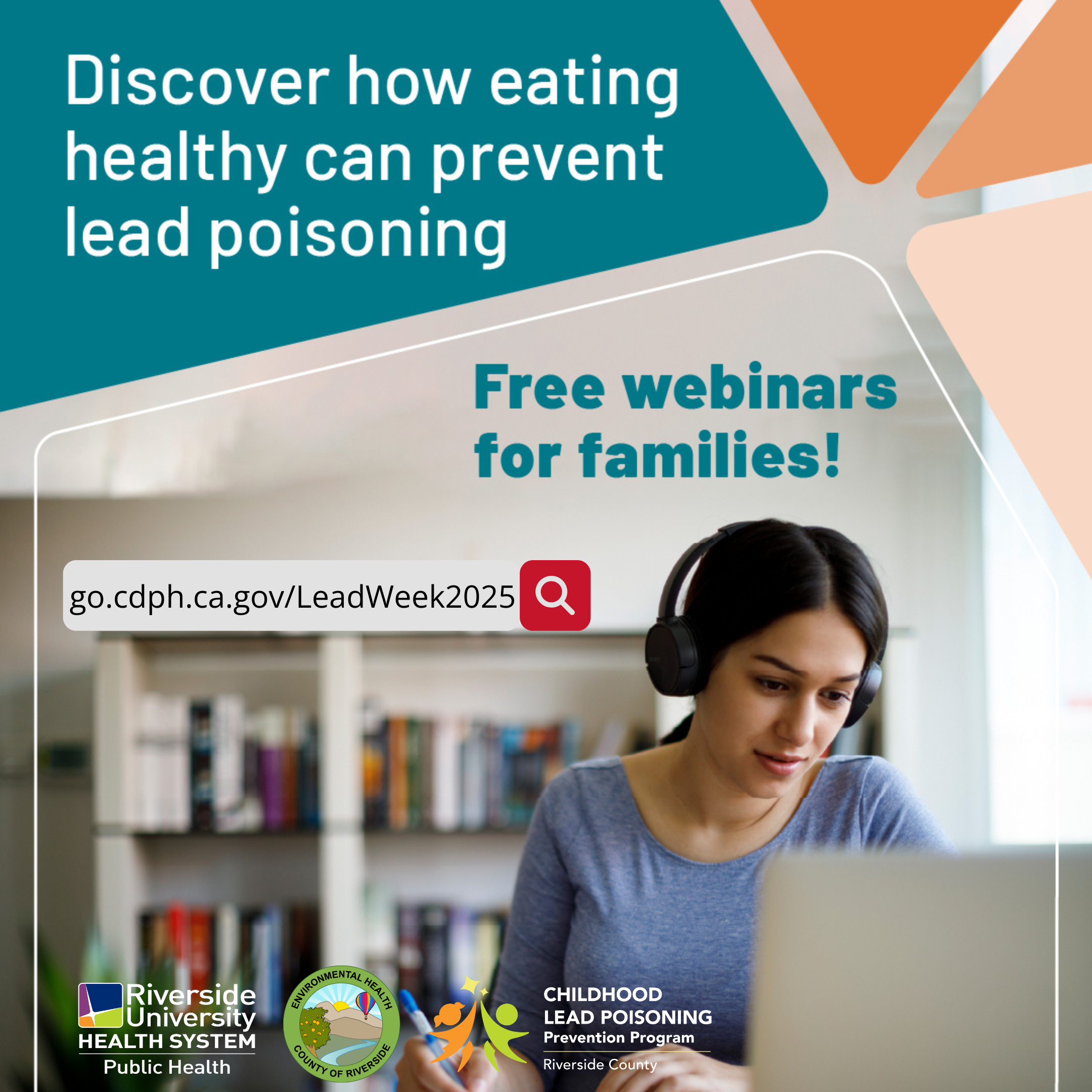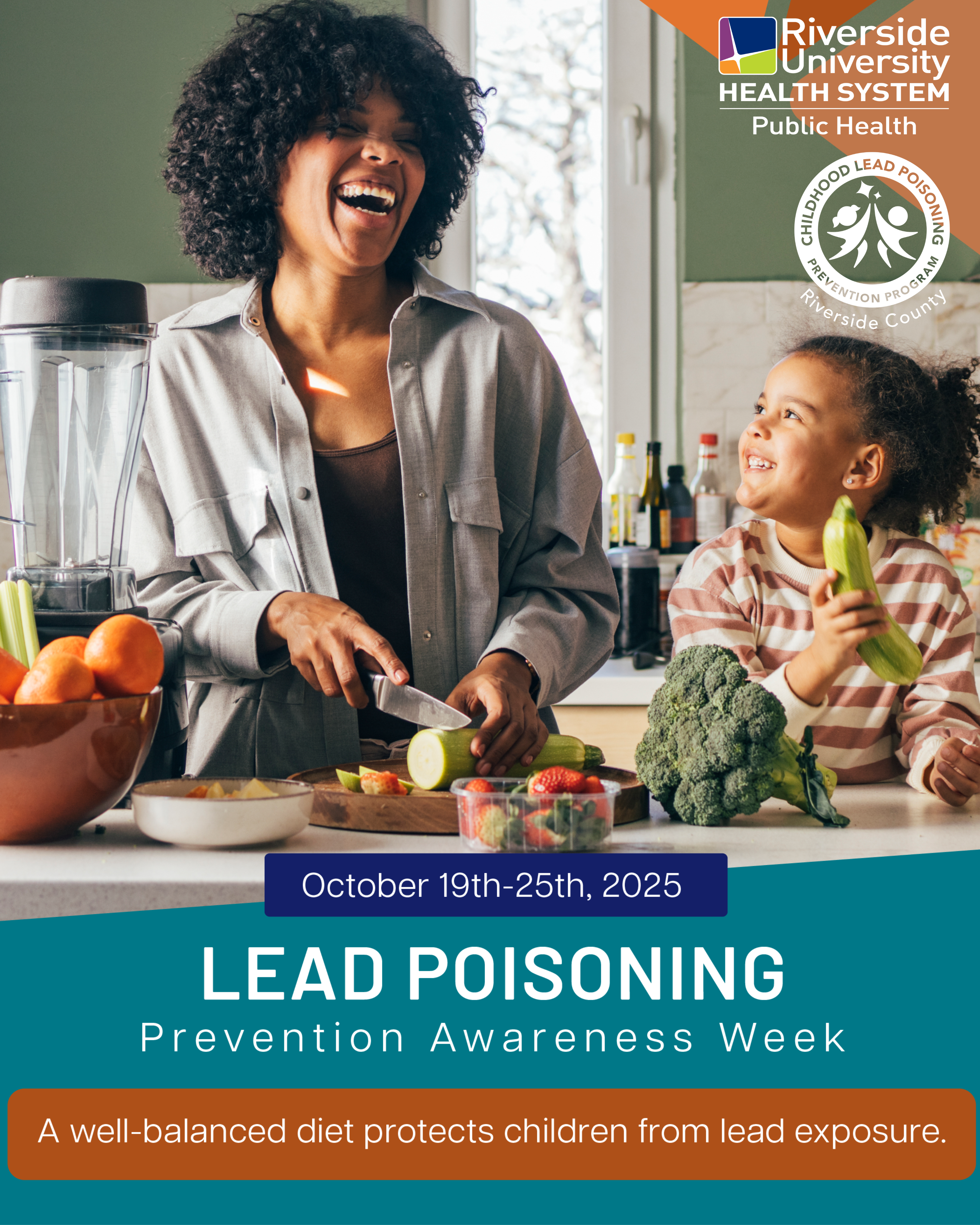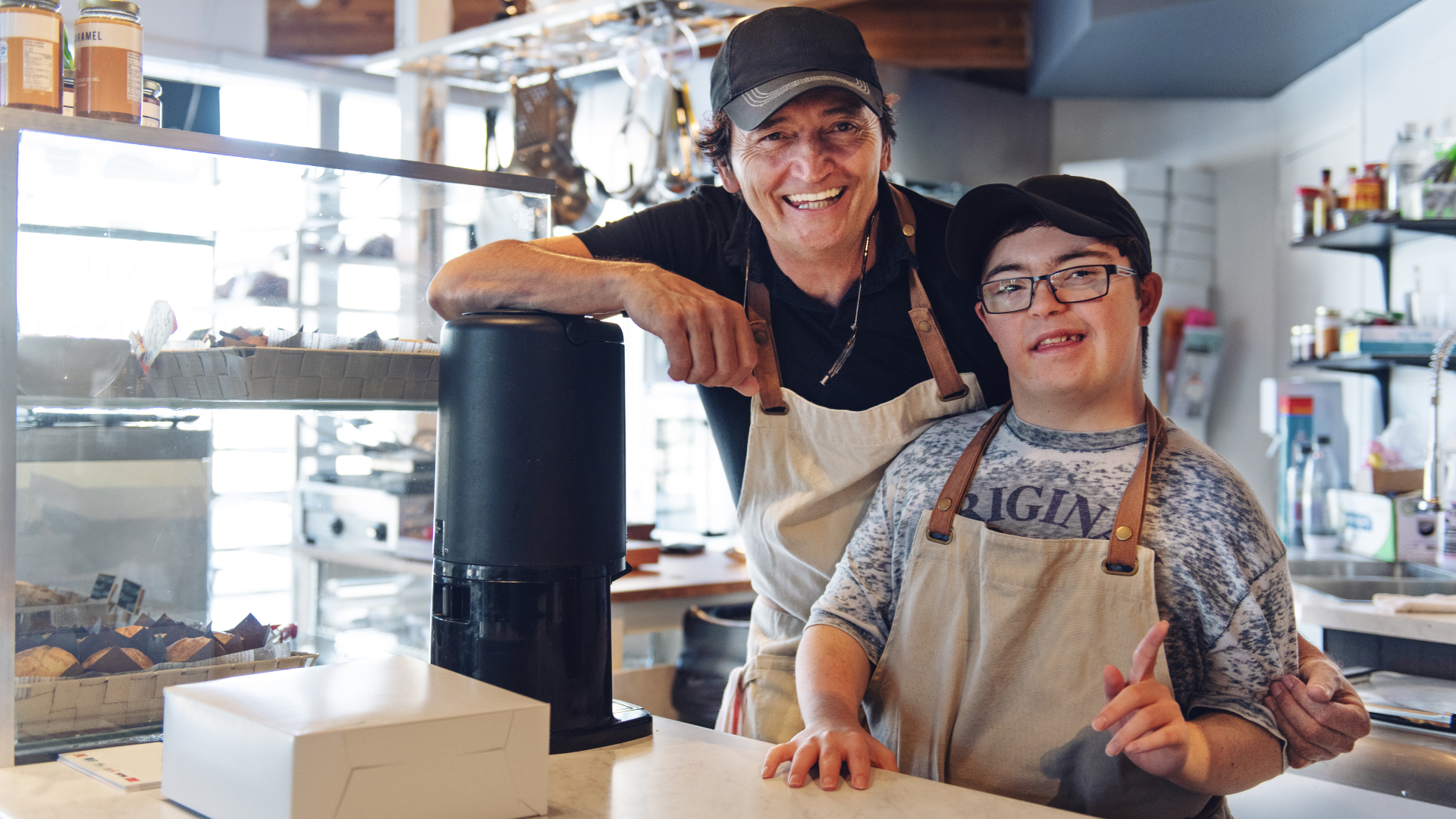Childhood Lead Poisoning Prevention Program
Lead poisoning can be very harmful to children. Children under 6 are the most vulnerable to the effects of lead poisoning. Lead can be inhaled or ingested, and the level of lead builds up in a person's blood.
The Childhood Lead Poisoning Prevention Programs (CLPPP's) goals are to:
- Raise awareness of lead poisoning, prevention, and testing among the public, health care providers, lead professionals, and other stakeholders through outreach and education.
- Timely detection of all children who are lead poisoned through universal evaluation and risk-appropriate blood lead testing.
- Provide equitable and child-centered care for families who are lead poisoned through integrated case management and environmental services.
- Create lead-safe environments by identifying and reducing lead hazards where children live, play, learn, and spend time.
- Provide outreach throughout Riverside County through bilingual presentations, health fair events, community partnerships and distribution of educational materials.
If you think your child has been exposed to lead, that your house contains sources of lead, or if your child demonstrates any of the symptoms of lead poisoning, please call our program at 1-800-346-6520.
- Childhood Lead: Sources of Lead

Ask your child's doctor about testing for lead. The only way to know if your child has lead poisoning is for your child to get a blood test for lead.
- Childhood Lead: Testing and Treatments
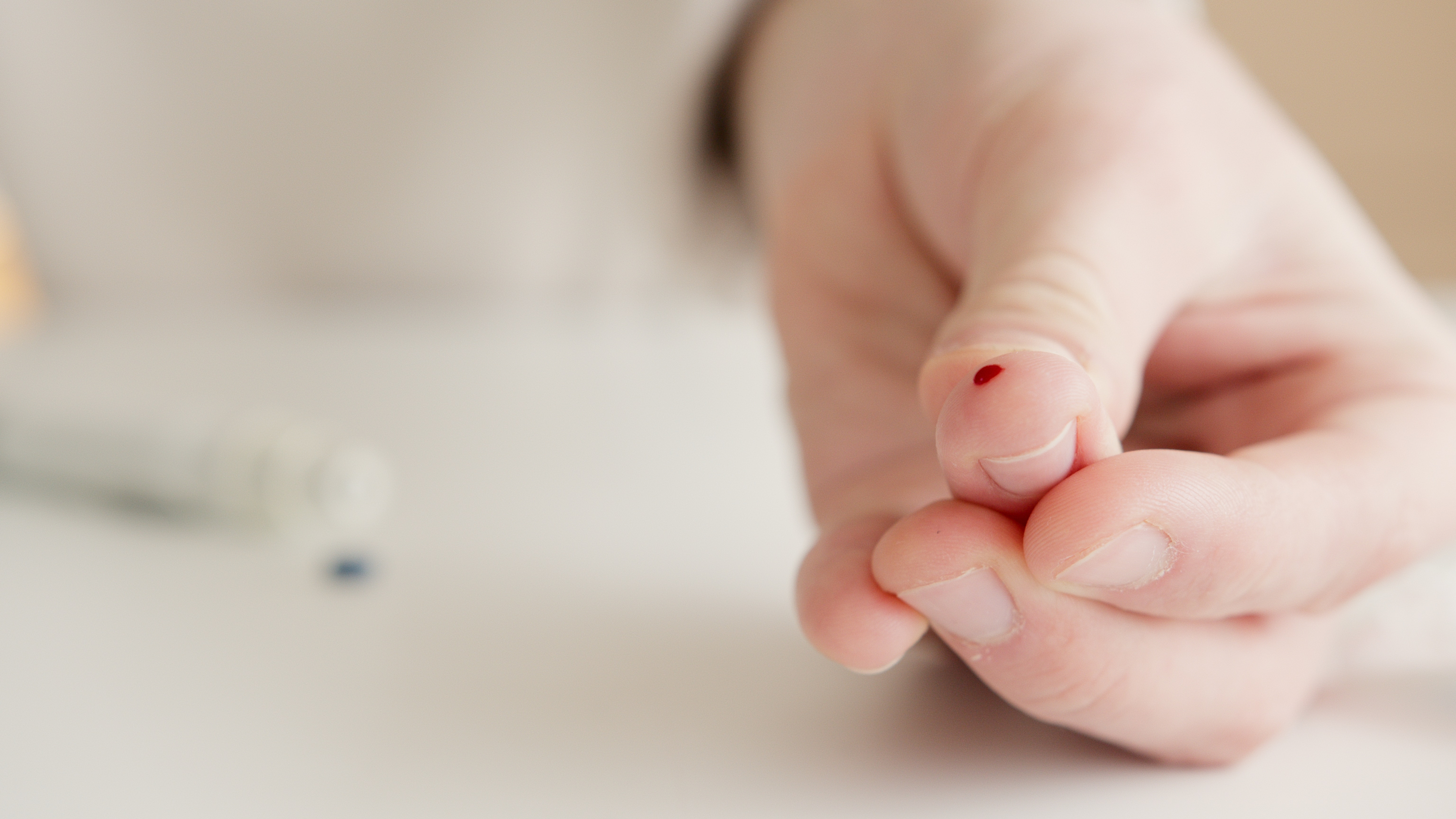
Lead can harm your child. Lead poisoning can make it hard for your child to learn, pay attention and behave. Most children who have lead poisoning do not look or act sick.
- Childhood Lead: Protect Your Child

Lead can be found in many places inside and outside your home.
Lead Poisoning Prevention Week - 2023
